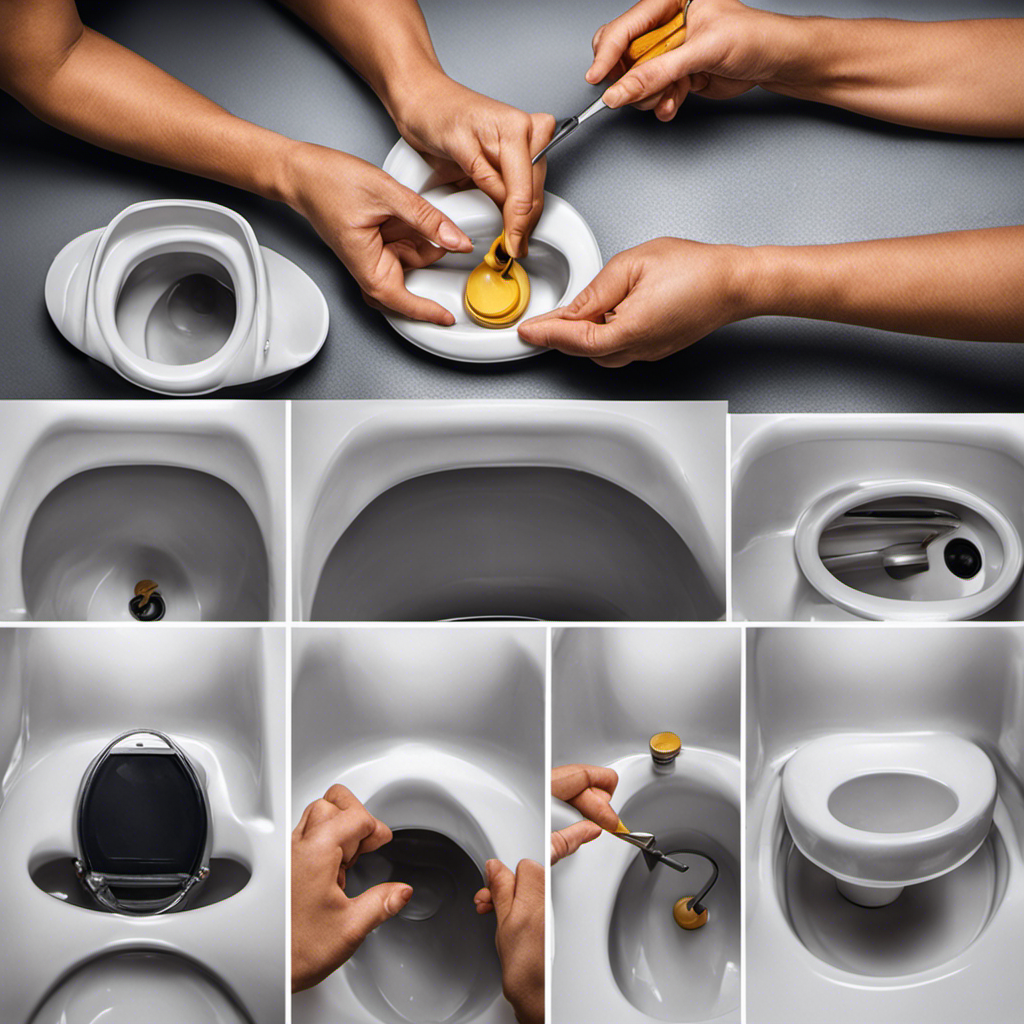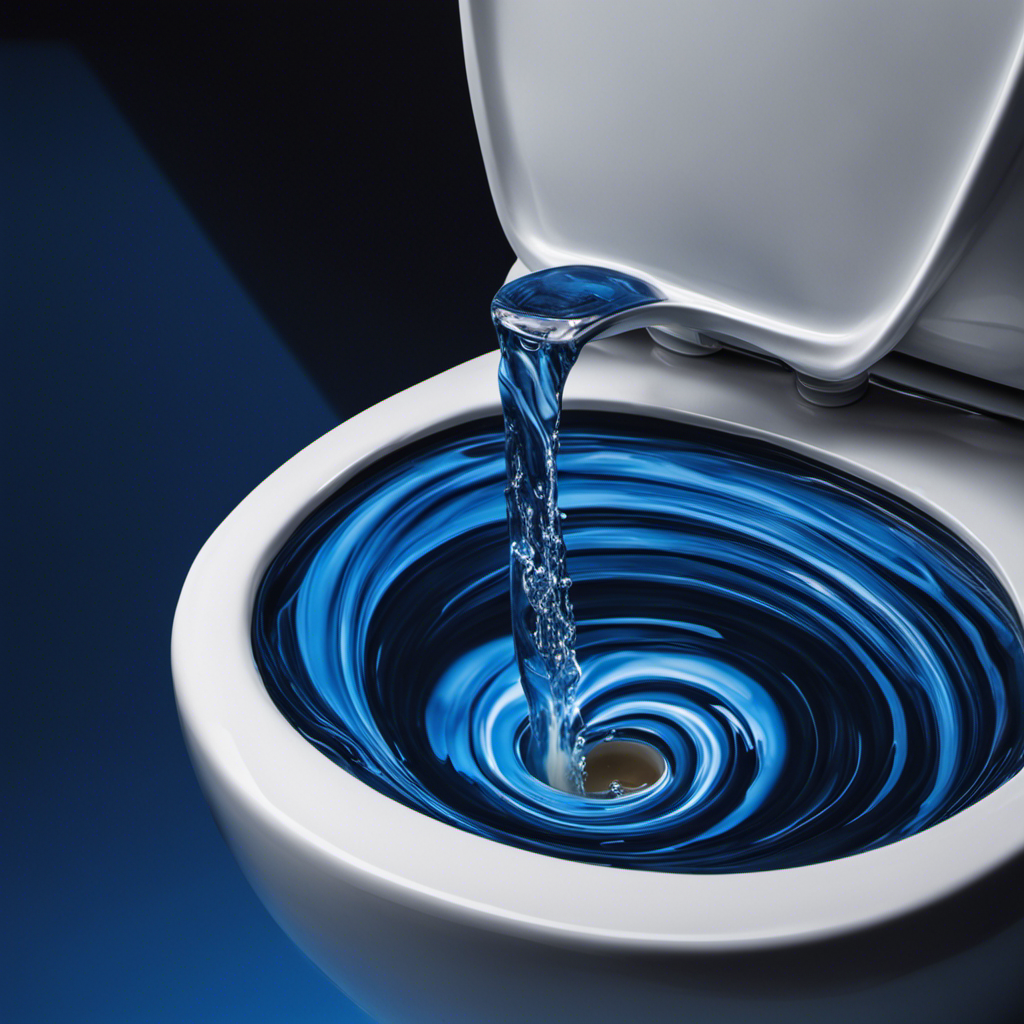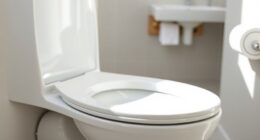As dutiful members of society, it’s crucial for us to reflect on the dangers that come with disposing of medication by flushing it down the toilet. What seems like an easy fix can harm our water sources, disturb the harmony of aquatic ecosystems, and negatively affect marine life. The pollution of water we drink and the long-lasting presence of drugs in aquatic environments pose significant risks.
In this article, we will explore the importance of proper medication disposal and provide guidelines for responsible practices. Let us delve into the knowledge necessary for mastering this crucial aspect of environmental stewardship.
Key Takeaways
- Flushing pills down the toilet can harm aquatic life and disrupt ecosystems.
- Flushing pills can contaminate drinking water sources.
- Proper disposal methods, such as take-back programs, can minimize risks.
- Pharmaceuticals can persist in water bodies, posing ongoing threats.
The Potential Risks of Flushing Pills
Flushing pills down the toilet poses potential risks to our environment and water supply. It’s important to understand the impact on wildlife and the long-term consequences of this action.
When pills are flushed, they can end up in our waterways, where they can harm aquatic life. The chemicals in the pills can disrupt the natural balance of ecosystems and negatively affect the reproduction and survival of various species.

Additionally, these chemicals can enter our drinking water sources, posing a risk to human health as well. The long-term consequences of flushing pills are concerning, as they can persist in the environment for extended periods of time, leading to cumulative effects over time.
It’s crucial to find alternative ways to dispose of pills properly, such as through take-back programs, to minimize these risks and protect our environment and water supply.
How Flushing Pills Affects Our Water Supply
When pills are flushed down the toilet, they can have a significant impact on our water supply. This not only affects the quality of our water, but also poses a threat to marine life. The chemicals present in these pills can contaminate our water sources and disrupt the delicate balance of aquatic ecosystems.
Here are some key effects of flushing pills on our water supply:

- Pollution: Flushing pills introduces pharmaceutical compounds into our waterways, leading to water pollution and compromising its quality.
- Bioaccumulation: The chemicals in these pills can accumulate in the tissues of aquatic organisms, causing harmful effects on marine life.
- Altered behavior: Some medications can alter the behavior of aquatic organisms, affecting their survival and reproduction.
It is crucial to dispose of pills properly to prevent these negative impacts on our water supply and marine ecosystems.
Impact on Aquatic Life and Ecosystems
As we continue the discussion on the impact of flushing pills on our water supply, it’s important to consider the detrimental effects on aquatic life and ecosystems.
The improper disposal of medications by flushing them down the toilet can have severe consequences for wildlife and the environment. When pills enter our waterways, they can contaminate the water and disrupt the delicate balance of aquatic ecosystems.
Pharmaceutical compounds can negatively affect the growth, reproduction, and behavior of various aquatic organisms, including fish, amphibians, and invertebrates. Additionally, these substances can accumulate in the tissues of wildlife, leading to long-term health issues and potentially impacting wildlife conservation efforts.
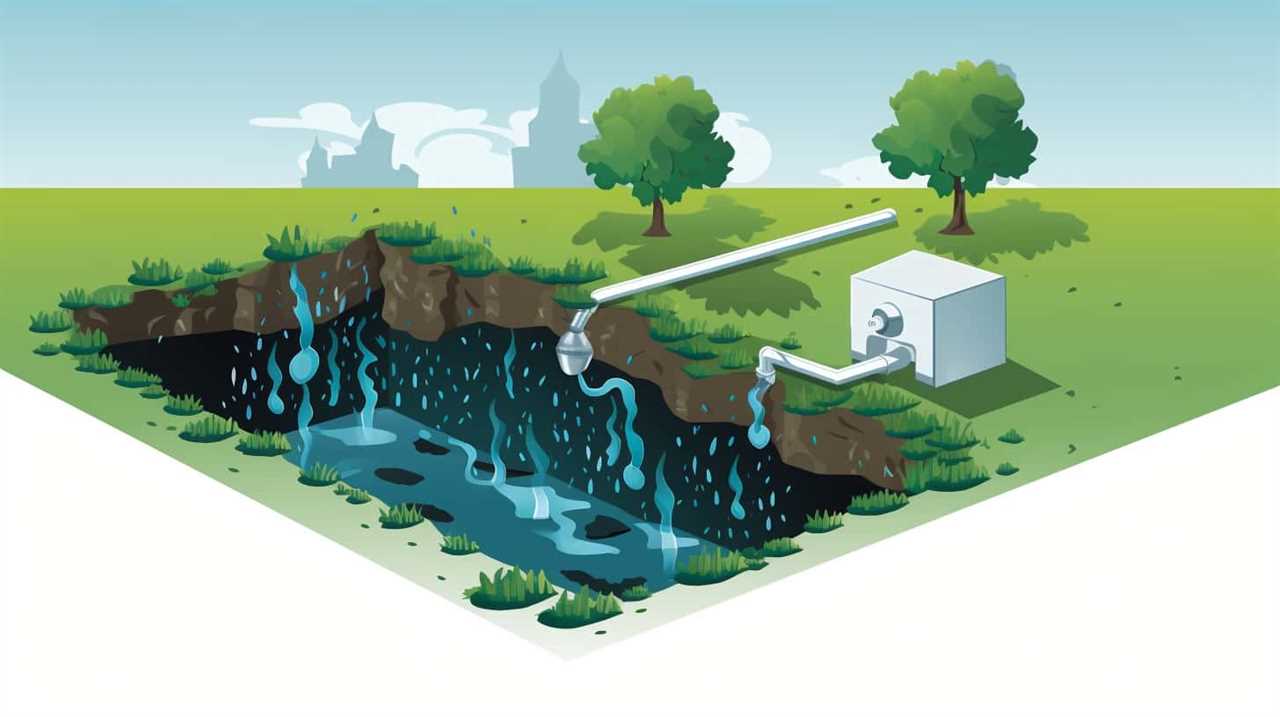
To address these concerns, it’s crucial to raise public awareness about the proper disposal methods for medications, emphasizing the importance of protecting our waterways and the biodiversity they support.
Contamination of Drinking Water Sources
To continue our discussion on the impact of flushing pills down the toilet, it’s crucial to address the contamination of drinking water sources caused by this improper disposal method. Flushing pills down the toilet can lead to the contamination of our drinking water, posing significant risks to human health and aquatic ecosystems.
Here are three key points to consider:
- Drinking water contamination: When pills are flushed, they can enter wastewater treatment systems, which aren’t designed to remove pharmaceutical compounds. As a result, these chemicals can make their way into our drinking water sources, potentially exposing us to harmful substances.
- Aquatic ecosystems: The presence of pharmaceuticals in water bodies can have detrimental effects on aquatic life. These substances can disrupt the reproduction, growth, and behavior of fish and other organisms, leading to imbalances in ecosystems.
- Long-term consequences: The continuous release of pharmaceuticals into drinking water sources can cause long-term, cumulative effects. These compounds can persist in the environment, posing ongoing threats to both human health and the delicate balance of aquatic ecosystems.
Understanding the risks associated with flushing pills down the toilet emphasizes the importance of proper medication disposal methods to protect our drinking water sources and preserve the health of aquatic ecosystems.
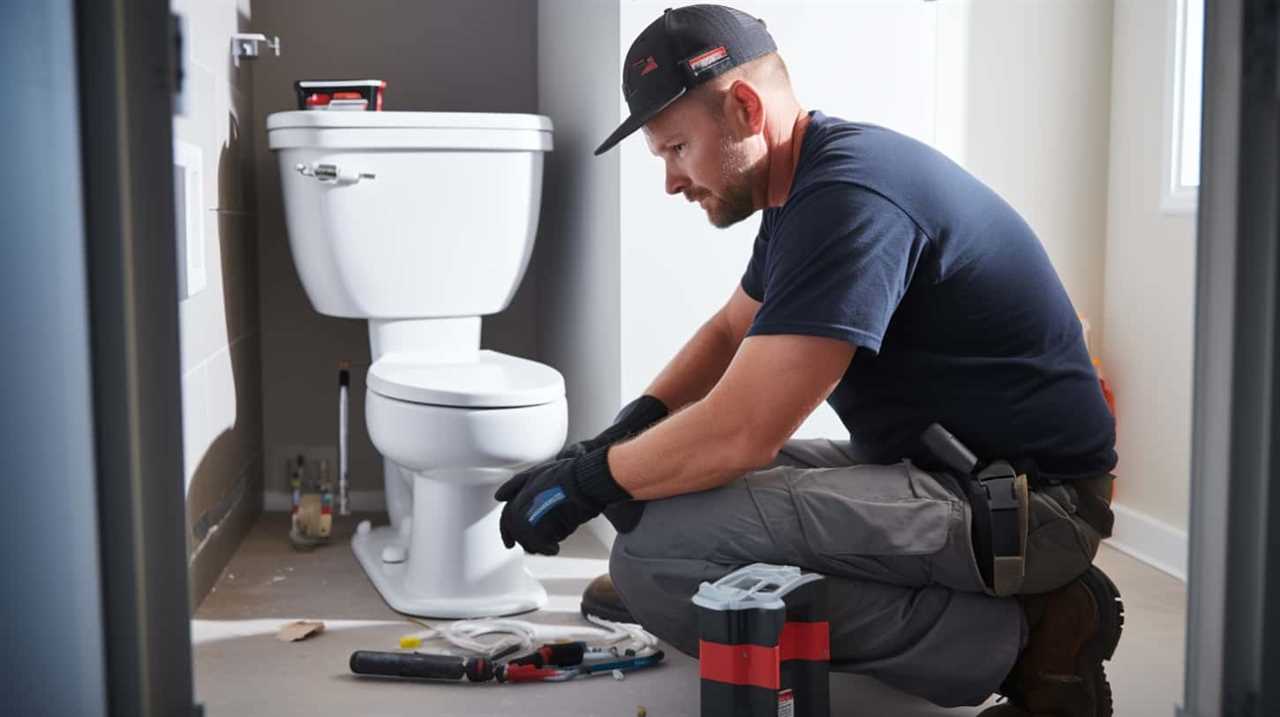
The Persistence of Pharmaceuticals in Water Bodies
Continuing our discussion on the contamination of drinking water sources caused by flushing pills down the toilet, it’s important to address the persistence of pharmaceuticals in water bodies. When medications are flushed, they enter wastewater treatment plants which aren’t designed to remove them completely. As a result, these pharmaceuticals can end up in our rivers, lakes, and oceans, leading to water pollution.
The persistence of pharmaceuticals in water bodies has significant ecological consequences. Studies have shown that these chemicals can disrupt the natural balance of aquatic ecosystems, affecting the growth and reproduction of various organisms. Additionally, they can accumulate in the tissues of fish and other aquatic organisms, potentially entering the food chain and posing risks to human health.
To mitigate the impact of pharmaceuticals on water bodies, proper disposal methods should be followed. This includes utilizing take-back programs or returning unused medications to pharmacies. By taking responsibility for our medication waste, we can help protect our water sources and preserve the health of our ecosystems.
Harmful Effects on Human Health
One of the main detrimental effects on our health caused by flushing pills down the toilet is the potential for a variety of health issues. Improper disposal of medication can have serious consequences for both individuals and public health. Here are some harmful effects to consider:

- Contamination of water sources: Flushing pills down the toilet introduces pharmaceuticals into our water systems, which can contaminate drinking water supplies and aquatic environments.
- Antibiotic resistance: Regular exposure to low levels of antibiotics through water sources can contribute to the development of antibiotic-resistant bacteria, making infections harder to treat.
- Hormonal disruption: Certain medications, such as hormonal contraceptives, can disrupt the delicate balance of hormones in our bodies when they enter water bodies, potentially leading to reproductive and developmental issues.
To ensure safe medication disposal and minimize public health risks, it’s essential to follow proper disposal guidelines provided by local authorities or participate in medication take-back programs.
The Role of Wastewater Treatment Plants
Wastewater treatment plants play a vital role in the safe disposal of pills and other pharmaceuticals. These facilities use advanced treatment processes to remove contaminants from the water before it’s released back into the environment. By treating the wastewater, they help minimize the environmental impacts of flushing pills down the toilet.
However, it’s important to note that not all medications can be effectively removed by these treatment plants, which highlights the importance of proper pill disposal methods.
Pill Disposal Methods
At wastewater treatment plants, we play a pivotal role in the disposal of pills. It’s crucial to educate the community about safer alternatives to flushing pills down the toilet. Here are three methods we employ to ensure proper pill disposal:

- Collection Programs: By establishing community drop-off locations, we provide a safe and convenient way for individuals to dispose of their unused medications.
- Incineration: Some wastewater treatment plants have facilities that burn pills at high temperatures, effectively destroying their active ingredients.
- Chemical Treatment: We utilize advanced technologies to break down the chemical compounds in pills, rendering them harmless before they’re released back into the environment.
By implementing these measures, we help prevent the pollution of our waterways and protect aquatic life.
Transitioning to the next section, let’s now explore the environmental impacts of flushing pills down the toilet.
Environmental Impacts of Flushing
As wastewater treatment plant operators, we actively address the environmental impacts of flushing pills down the toilet. When medications are flushed, they can end up in our waterways, posing a significant threat to marine life and ecosystems. The chemicals in these pills, such as antibiotics, hormones, and antidepressants, can accumulate in the water and have detrimental effects on aquatic organisms. To illustrate the gravity of this issue, let’s take a look at the potential impact on marine life and the effects on ecosystems:
| Impact on Marine Life | Effects on Ecosystems |
|---|---|
| Altered behavior and reproductive patterns | Disruption of the food chain |
| Reduced fertility and survival rates | Decline in biodiversity |
| Increased susceptibility to disease | Impaired water quality |
It is clear that the consequences of flushing pills down the toilet extend far beyond our immediate surroundings. By understanding the impact on marine life and the effects on ecosystems, we can recognize the urgency of finding alternative methods for pill disposal. This brings us to the subsequent section, where we will explore the effectiveness of wastewater treatment in mitigating these environmental concerns.

Wastewater Treatment Effectiveness
Addressing the effectiveness of treating wastewater, we actively mitigate the environmental impacts of flushing pills down the toilet. Wastewater treatment plants play a crucial role in removing pollutants from wastewater before it’s released back into the environment. Here are three important aspects to consider:
- Treatment processes: Wastewater treatment plants use a combination of physical, chemical, and biological processes to remove contaminants from the water. These processes help break down and remove persistent pharmaceutical compounds that may have entered the wastewater stream.
- Advanced technologies: Many treatment plants now employ advanced technologies such as activated carbon adsorption and ozonation to further enhance the removal of pharmaceuticals from the water. These technologies improve the overall effectiveness of wastewater treatment and contribute to cleaner water output.
- Public awareness: It’s essential to raise public awareness about the proper disposal of medications to prevent them from entering the water system. By educating the public about the potential impacts of flushing pills down the toilet, we can encourage responsible medication disposal methods and reduce the persistence of pharmaceuticals in water.
Alternatives to Flushing Pills Down the Toilet
When it comes to disposing of pills, there are safer alternatives than flushing them down the toilet.
One option is to take them to a local pharmacy or a drug take-back program, where they can be disposed of properly.
It’s important to consider the environmental impact of flushing pills, as they can end up in our waterways and harm aquatic life.

Safer Disposal Methods
We recommend using a designated medication take-back program to safely dispose of pills instead of flushing them down the toilet. Safer disposal methods ensure that medications are properly disposed of, protecting both the environment and public health.
Here are some alternatives to flushing pills down the toilet:
- Participate in a medication take-back program: Many communities have designated locations where you can drop off unused or expired medications for safe disposal. These programs are often organized by local pharmacies, hospitals, or law enforcement agencies.
- Contact your local waste management facility: Some waste management facilities accept medications for proper disposal. They may have specific guidelines on how to package and drop off the medications.
- Check with your pharmacist: Pharmacies may offer mail-back programs or provide guidance on how to safely dispose of medications at home.
Environmental Impact Considerations
To minimize the environmental impact of medication disposal, it’s crucial to explore alternative methods instead of flushing pills down the toilet. Flushing pills down the toilet can result in the release of harmful chemicals into the water supply, which can have detrimental effects on aquatic life and ecosystems.
Fortunately, there are safer pill disposal methods available. One option is to take unused or expired medications to a designated collection site or a local pharmacy that participates in drug take-back programs. These programs ensure that the medications are disposed of properly and don’t end up in the water supply.

Additionally, some communities have household hazardous waste collection days where residents can safely dispose of medications. It’s important to remember that even though wastewater treatment plants can remove some contaminants from the water, they may not be effective at removing all pharmaceutical compounds.
Therefore, it’s essential to consider alternative pill disposal methods to protect the environment and our water resources.
Safe Disposal Methods for Medication
Properly disposing of medication is essential for maintaining a safe and healthy environment. When it comes to pill disposal methods, it’s important to consider safe disposal methods that minimize potential harm to humans, animals, and the environment.
Here are three recommended methods for safely disposing of medication:

- Take-back programs: These programs allow individuals to return unused or expired medications to designated collection sites. This ensures that the medications are disposed of properly, reducing the risk of accidental ingestion or environmental contamination.
- Pharmacy drop-off: Many pharmacies have drop-off boxes where you can safely dispose of your medications. This option is convenient and ensures that the medications are handled and disposed of appropriately.
- Mail-back programs: Some organizations offer mail-back programs, allowing individuals to send their unused or expired medications for proper disposal. This method is particularly helpful for individuals who don’t have access to nearby take-back programs or pharmacy drop-off locations.
Take-Back Programs and Drop-Off Locations
When it comes to the safe disposal of medication, one option to consider is utilizing take-back programs and drop-off locations. These programs provide a convenient and environmentally responsible way to dispose of unused or expired medications. Pill drop off locations are often available at pharmacies, hospitals, and law enforcement agencies. They accept a wide range of medications, including prescription drugs, over-the-counter medicines, and even veterinary medications.
By utilizing these take-back programs, you can help prevent the improper disposal of medications, which can have harmful effects on the environment and public health. Additionally, these programs ensure that medications are disposed of correctly, reducing the risk of accidental ingestion or misuse.
Guidelines for Proper Medication Disposal
When it comes to proper medication disposal, there are several important guidelines to follow.
First and foremost, it’s crucial to ensure safe disposal methods to prevent harm to humans, animals, and the environment.

Additionally, it’s important to consider the environmental impact of medication waste and choose disposal methods that minimize pollution and contamination.
Lastly, it’s beneficial to utilize community resources such as take-back programs and drop-off locations that provide convenient and responsible ways to dispose of unused medications.
Safe Disposal Methods
We recommend following safe disposal methods to properly dispose of medications. When it comes to pill disposal alternatives, there are several options available to ensure the safe and responsible disposal of medications. These include:
- Take-back programs: Many communities offer take-back programs where you can drop off your unused or expired medications at designated collection sites. These programs are an effective way to prevent medication misuse and protect the environment.
- Community education: Educating the community about the importance of proper medication disposal is crucial. By raising awareness about the potential risks of flushing pills down the toilet or throwing them in the trash, we can encourage individuals to utilize safe disposal methods.
By implementing these pill disposal alternatives and promoting community education, we can address the issue of improper medication disposal effectively.
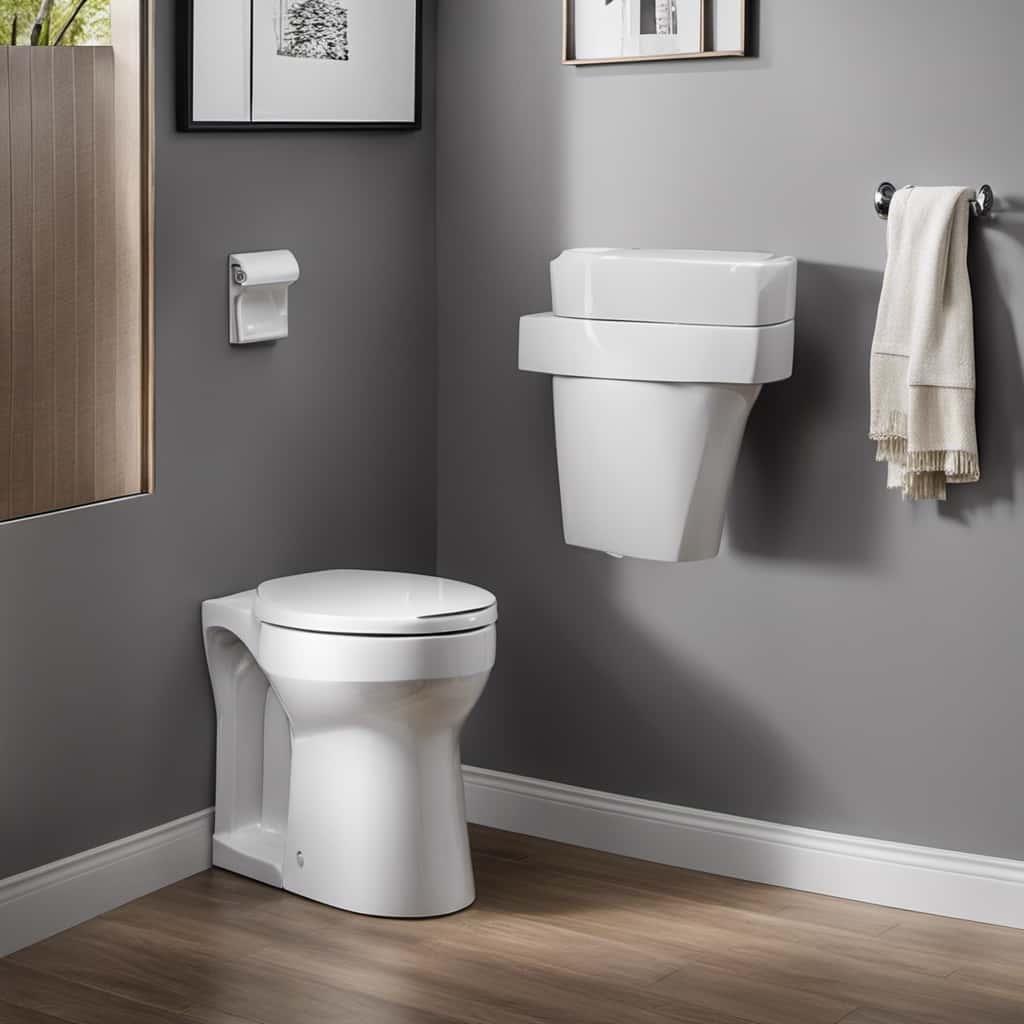
Now, let’s delve into the environmental impact considerations of flushing pills down the toilet.
Environmental Impact Considerations
Proper medication disposal requires considering the environmental impact. When medications are flushed down the toilet, they can end up in our water systems, posing a significant threat to wildlife and ecosystems. The chemicals in these medications can accumulate in the bodies of aquatic organisms, causing harm to their health and reproduction. Furthermore, the long-term consequences of medication pollution can disrupt the balance of ecosystems, leading to a decline in biodiversity and the loss of important species.
It’s essential to adopt responsible disposal methods to minimize the impact on wildlife and prevent potential environmental damage. Understanding the consequences of improper medication disposal is crucial in making informed choices and taking necessary actions to protect our environment.
In light of the environmental impact, it’s important to explore the community resources available for proper medication disposal.

Community Resources Available
To ensure responsible medication disposal, it’s important to utilize available community resources for proper medication disposal. Community outreach and education programs play a vital role in raising awareness about the importance of safe medication disposal.
Here are three community resources that can help individuals properly dispose of their medication:
- Take-Back Programs: Many communities organize take-back events where individuals can drop off their unused or expired medications. These programs provide a convenient and safe way to dispose of medications, ensuring they don’t end up in the wrong hands or harm the environment.
- Pharmacy Disposal: Some pharmacies offer medication disposal services, allowing individuals to bring their unused medications to the pharmacy for proper disposal. This option provides a convenient solution for those unable to attend take-back events.
- Household Hazardous Waste Facilities: Many communities have designated facilities where residents can safely dispose of household hazardous waste, including medications. These facilities have the necessary infrastructure to handle and dispose of medications in an environmentally friendly manner.
Importance of Reading Medication Labels
Understanding the significance of reading medication labels is crucial for ensuring safe and effective use of prescription drugs.
Pill safety and medication instructions are two important aspects that can be gleaned from these labels. By carefully reading and following the instructions, individuals can avoid potential risks and complications associated with their medication.

Medication labels provide vital information such as dosage instructions, potential side effects, and any necessary precautions or warnings. This allows patients to take their medication correctly and be aware of any potential interactions with other drugs or medical conditions.
It also helps them to identify the medication, ensuring that they’re taking the right drug and avoiding any mix-ups. Reading medication labels not only promotes safe and effective use of prescription drugs but also empowers individuals to be actively involved in their own healthcare.
Educating Others About Proper Disposal Practices
By educating others about the importance of proper disposal practices, we can ensure the safe and environmentally-friendly disposal of medications.
It’s crucial to spread awareness about the potential harm caused by improper pill disposal methods, such as flushing them down the toilet.

Instead, individuals should be encouraged to utilize take-back programs, which provide a convenient and responsible way to dispose of unused medications.
These programs allow people to drop off their expired or unwanted pills at designated locations, such as pharmacies or law enforcement agencies.
Take-back programs not only prevent medications from entering our water systems but also help minimize the risk of accidental ingestion or misuse.
Conclusion: Choosing the Responsible Way to Dispose of Pills
By spreading awareness about proper disposal practices, we can ensure that individuals choose the responsible way to dispose of pills. It’s crucial to understand that flushing pills down the toilet isn’t the recommended method of disposal. Instead, there are safe and eco-friendly options available.

One such method is utilizing community resources, such as drug take-back programs or drop-off locations. These initiatives are designed to provide a convenient and secure way to dispose of unused medications. Additionally, some pharmacies also offer medication take-back programs, allowing individuals to return their unused pills for proper disposal.
It’s important to research and locate these resources in your community to ensure the responsible disposal of pills. By utilizing these pill disposal methods and taking advantage of community resources, we can collectively contribute to the preservation of our environment and the safety of our communities.
Frequently Asked Questions
Are There Any Environmental Benefits to Flushing Pills Down the Toilet?
Flushing pills down the toilet can have severe environmental impacts and contribute to water pollution. It is important to dispose of medication properly to minimize harm to aquatic ecosystems and human health.
Can Flushing Pills Down the Toilet Lead to Drug-Resistant Bacteria in Water Bodies?
Flushing pills down the toilet is a terrible idea. Not only does it pose a risk of drug-resistant bacteria in water bodies, but it also highlights the negative impact of improper medication disposal. Let’s explore better drug disposal methods.

What Are Some Potential Alternatives to Flushing Pills Down the Toilet?
There are several alternative methods for safe disposal of pills that should be considered instead of flushing them down the toilet. These methods ensure proper disposal without harming the environment or contaminating water bodies.
How Can I Find Take-Back Programs or Drop-Off Locations for Medication Disposal?
Finding local pharmacies that have take-back programs or drop-off locations is important for proper medication disposal. Improper disposal can lead to environmental contamination and potential harm to humans and wildlife.
What Information Should I Look for on Medication Labels to Ensure Proper Disposal?
To ensure proper disposal of medication, we should look for specific information on medication labels. This includes guidance on safe storage and any potential environmental impact. Flushing pills down the toilet is not recommended.
Conclusion
In conclusion, it’s clear that flushing pills down the toilet poses significant risks to our water supply, aquatic life, and ecosystems. The contamination of drinking water sources and the persistence of pharmaceuticals in water bodies are serious concerns.
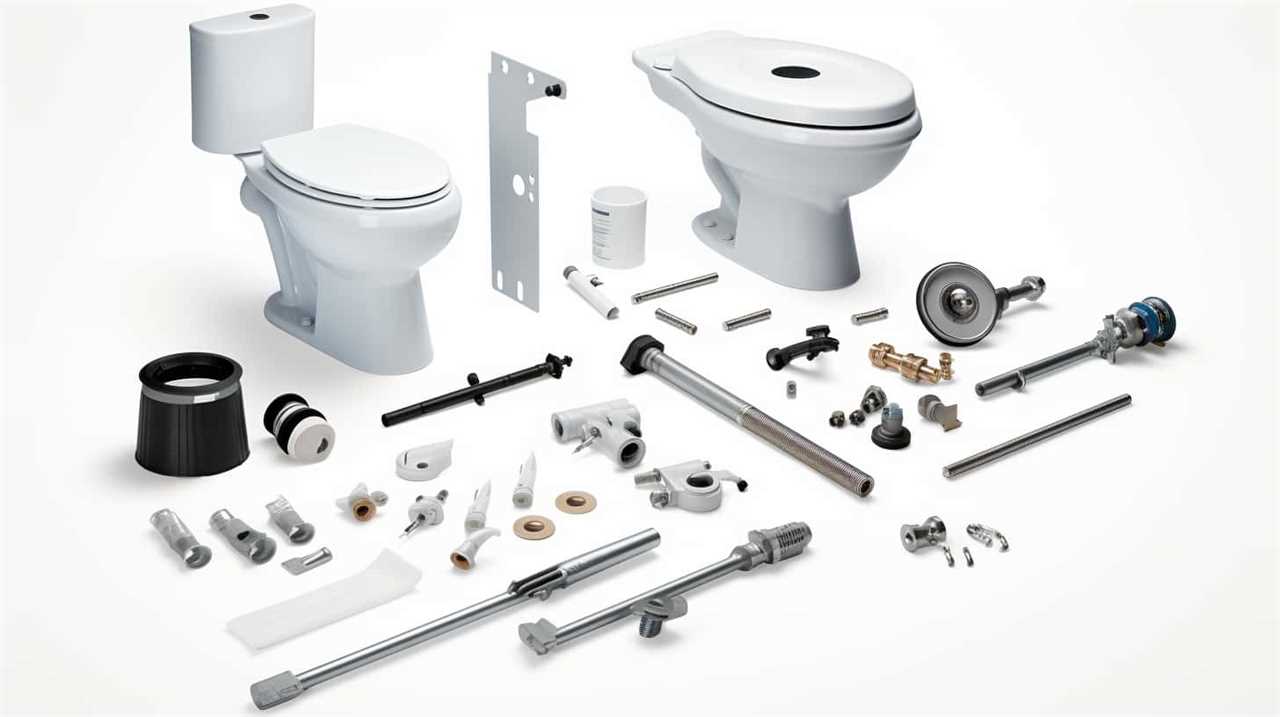
To ensure the responsible disposal of pills, we must follow guidelines and educate others about proper medication disposal practices.
So, the next time you have unused pills, ask yourself: what can I do to protect our environment and ensure the safety of our water?



